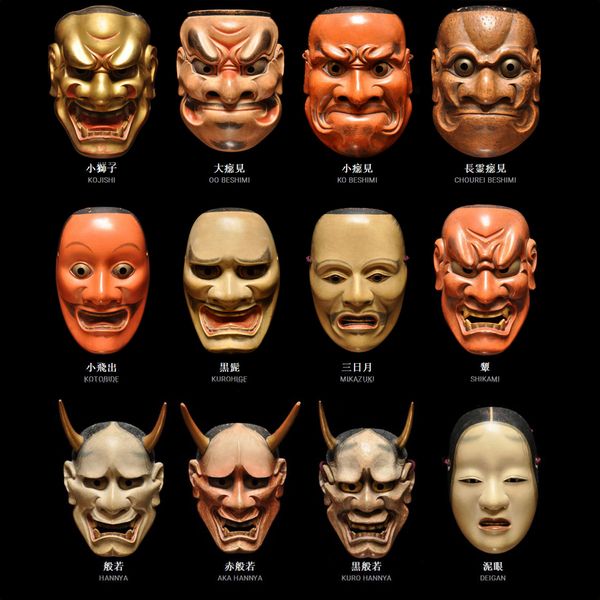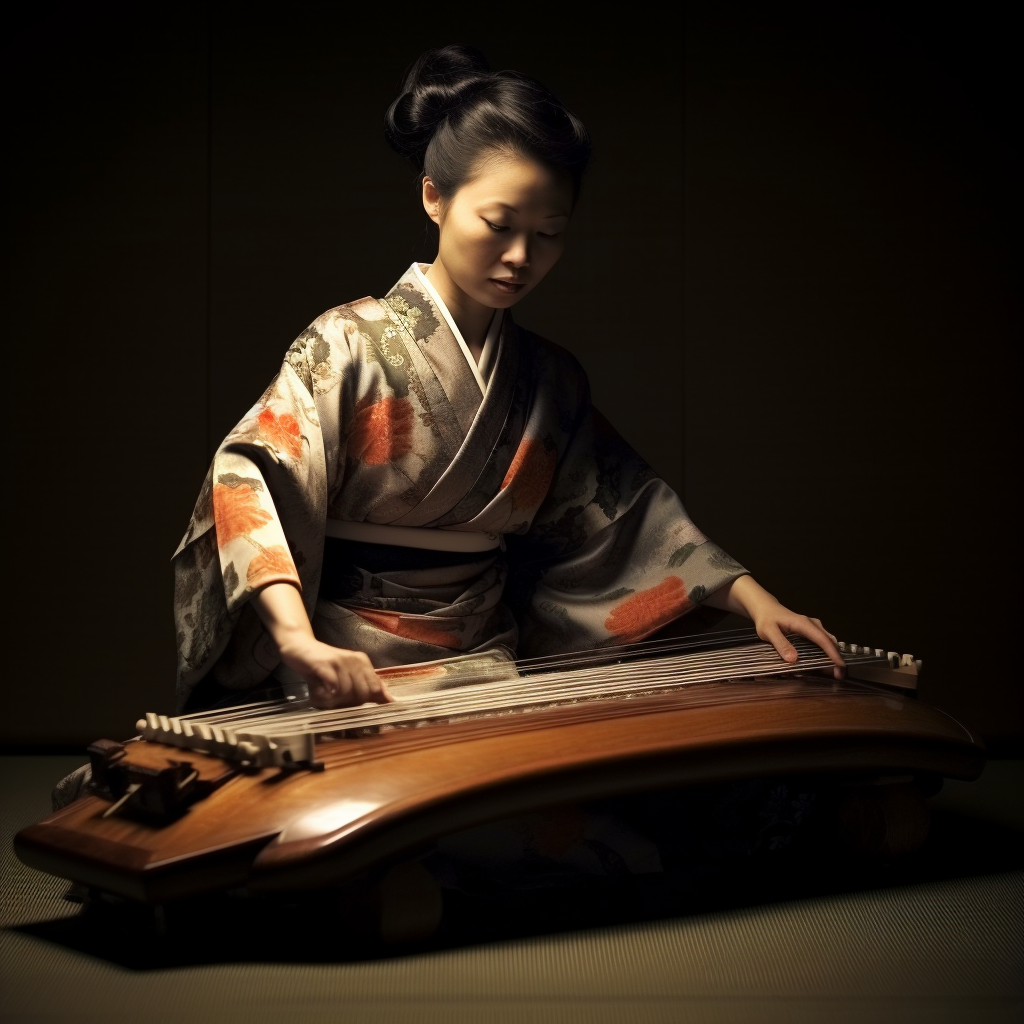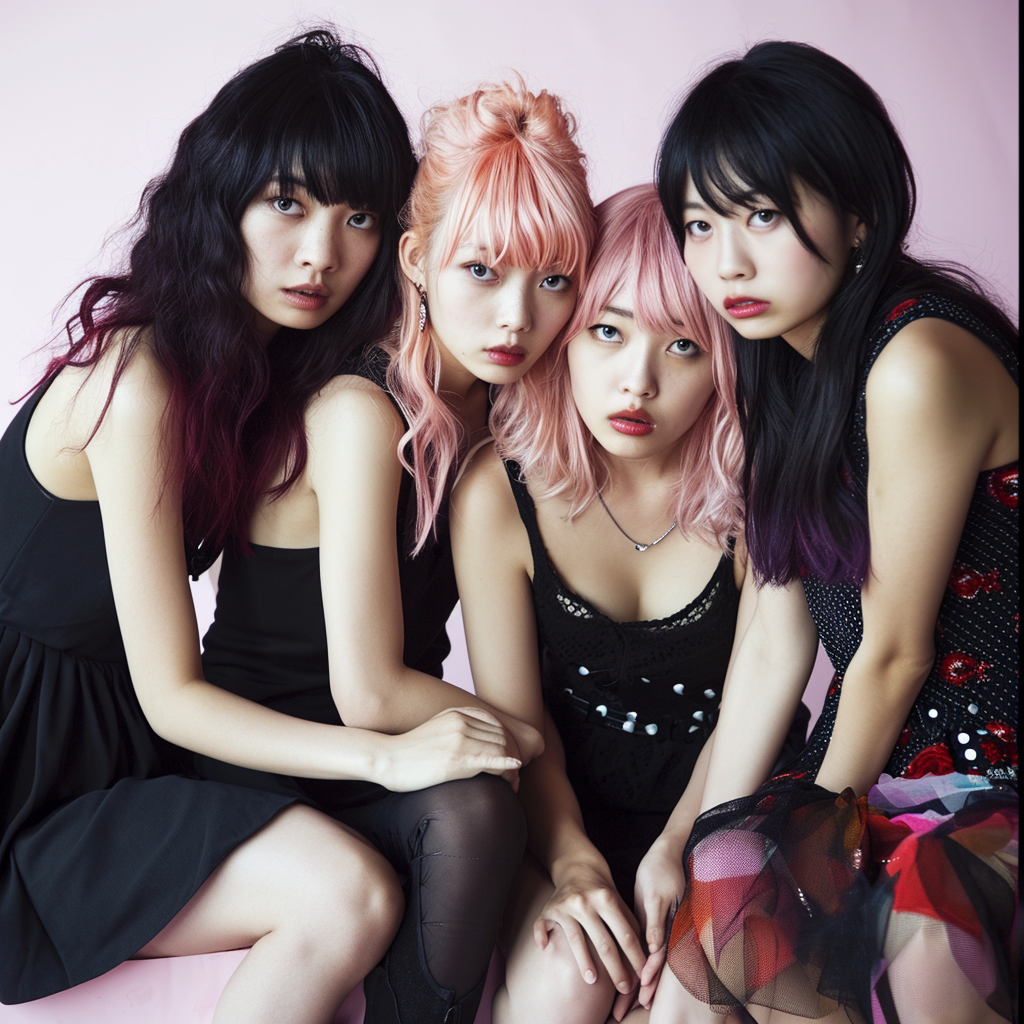Nō theater, also known as Nōgaku, is a traditional form of Japanese theater that emerged in the 14th century and continues to fascinate audiences with its grace and artistic depth. Let’s immerse ourselves in this art rich in history and symbolism.
Origins and History :
Nō has its roots in the Shinto ritual dances and folk performances of medieval Japan. At the time, it was widely practiced by Buddhist monks and aristocrats, gradually evolving into a codified art form.
Credit for the formal creation of Nō is often given to Zeami Motokiyo and his father Kan’ami Kiyotsugu. Zeami played a crucial role in the systematization of Noh, developing rules and conventions that are still respected today.
Characteristics of Noh :
Nō is characterized by its minimalist aesthetic, stylized movements and expressive masks. The actors wear lavish costumes, often adorned with intricate embroidery, and use fans and scarves to add grace to their performances.
Noh plays are generally based on mythological, historical, or spiritual themes. The stories feature human, ghostly and supernatural characters, exploring themes of life, death, destiny and karma.
Structure of a Noh play :
A Noh play follows a well-defined structure. It begins with the opening ritual called “Okina”, followed by an opening dance called “Waki”. The main piece, called “Nō”, is then performed, followed by a closing dance. Each piece is accompanied by a percussion orchestra called “hayashi”, which creates a unique sound atmosphere.
Masks and Symbolism :
Masks play a crucial role in Noh, allowing actors to portray different characters, including spirits, demons, and humans. Each mask is carefully carved to express specific emotions, and wearing the mask is considered a sacred transformation.
Noh plays are filled with symbolism, with gestures, movements and words loaded with hidden meaning. Noh aims to provoke deep introspection in spectators and to transcend the barriers of intellectual understanding.
Influence and Survival :
Although Noh peaked in medieval times, it continues to influence contemporary Japanese arts. Elements of Noh are found in dance, modern theater and even Japanese cinema. Noh troupes still exist, preserving this traditional art form and passing it on to future generations.
Japan’s Noh theater remains a cultural treasure of inestimable richness. With its long history, elaborate costumes, expressive masks, and performances steeped in symbolism, Noh continues to captivate audiences around the world, providing a deeply immersive and spiritual theatrical experience.



